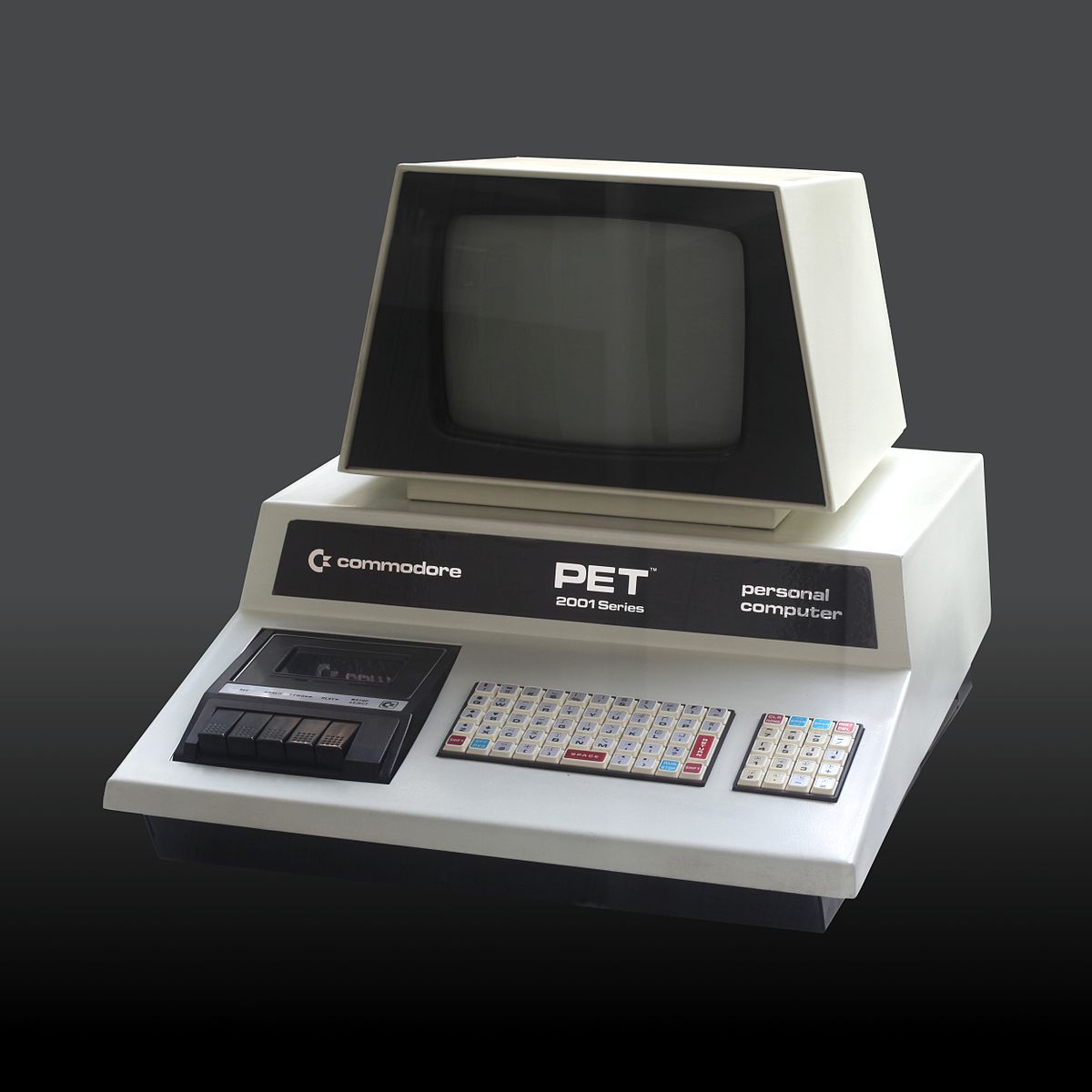From Birth to Blockchain: The Evolution, and Future of Digital Provenance
Since the first NFT was minted in 2014, digital artists and collectors have praised blockchain technology for its usefulness in tracking provenance, the origin and history of a particular artwork. Never before had artists seen a tool that could do it all like the blockchain, an immutable digital ledger that records transactions without the aid of galleries or other centralized institutions.
In theory, “minting” a piece of digital art on blockchain serves multiple purposes: It documents the date an artwork is made, stores on-chain metadata descriptions, and links to the crypto wallets of both the artist and buyer, thus tracking sales history somewhat automatically and making it easier to estimate a piece’s valuation.
As is common with the advent of any new technology, people embraced this narrative enthusiastically. Finally, it seemed, artists working in digital mediums had a digitally native method for doing what they’d previously relied on paper certificates and gallery spreadsheets to do for them.
Blockchain certainly presents a new way of linking provenance to someone’s digital identity, but the art community isn’t abandoning its tried-and-true archival methods just yet. Regina Harsanyi, a time-based media specialist and a Curator of Media Arts at The Museum of the Moving Image, recommends that artists and collectors familiarize themselves with the whole array of tools —including NFTs — used by galleries, museums, appraisers, and buyers to document an artwork’s story.

Checksums: The birth of digital provenance
Digital art provenance goes all the way back to a cryptographic function known as a checksum, a string of numbers and letters used to detect inconsistencies in a digital file. Checksums use an algorithm to scan the pixels of a digital file and generate a hash function, which results in a string of numbers and letters.
“[A checksum] allows you to essentially use your own computer to create a fingerprint for a digital asset,” said Harsanyi, who added that she utilizes checksums regularly in her work as a digital art conservator. “This is a very old technology that’s been used in encryption for decades.”
Any changes to the file’s pixels will result in a different series of characters, thereby confirming if a file is the same as the original.
Hardware solutions
Digital artists have also used various hardware solutions as both storage systems and provenance verification tools. Over the years, these devices have ranged from floppy discs, cassette tapes, and CD ROMs to USB and external hard drives — and even the computers on which the artist created their pieces.
“On really early personal computers — especially the Commodore or the Texas Instrument — you used to be able to back up your data with a cassette player,” explains American artist Siebren Versteeg, who has been working in digital mediums since 1999. “You would hit ‘record,’ send the image or the data of the file to the cassette player, it would make it sound not unlike that classic AOL noise, and you could play it back into the computer later.”

Nathaniel Stern, an American interdisciplinary artist and scholar who has minted NFT artworks on Quantum, SuperRare and other marketplaces, says he has built his own circuit boards when creating multimedia exhibitions. He recalls a 2004 installation he sold to the Johannesburg Art Gallery, which ran on a custom selection of hardware. His installation included a two-sided screen, cameras, and projection equipment running software that Stern coded. Stern sold every piece of physical equipment to the gallery. The sale price also included the gallery’s rights to loan out the installation to other institutions and receive complimentary software upgrades as needed.
“To make it feel special, I wound up selling a custom wooden USB stick,” Stern recalls. “I put the files on the USB stick, signed the USB stick with Sharpie, and put it in a decorative box.”
Today, an artist might need to sell only the NFT linked to the video as a means to authenticate ownership and bestow intellectual property (IP) rights. However, artists may still choose to sell their work in the form of a hardware device — particularly when a file requires a machine with custom specifications.
Paper solutions
Stern says he also included a paper certificate of authenticity in his 2004 sale. Certificates of authenticity are still commonly used by traditional and digital artists alike. They can be issued by the artist, their agent, a gallery, or a museum. “Anything that was ephemeral was usually tracked with a simple certificate,” said Versteeg. “I’ve issued many of them, and I still do whenever I issue a digital piece.”
However, as Elena Zavelev, CEO and co-founder of the art education organization CADAF, points out, just because certificates of authenticity are standard practice does not mean they themselves are standardized. “The problem with certificates, as with any other aspect of the art world, is that there are really no regulations. It’s a highly unregulated market,” she says.
Nonetheless, Zavelev says paper certificates have always worked fine, especially since they usually accompany a hardware device containing metadata about the artwork’s origin. But when digital art moves to the even more unregulated terrain of the internet, she says, provenance starts to get truly slippery.
“With the internet, people can just start copying things, screenshotting, and video recording from the screen,” Zavelev explained. “They can present [the artwork] in any way they want. And then it is really hard for the artist to prove that actually, the work is by them.”
Gallery solutions
Along with certificates of authenticity, art appraisers and historians recognize gallery-issued documents as acceptable forms of provenance. These documents may include invoices, labels or stickers, sales ledgers, and curatorial spreadsheets.
“We as appraisers do a bit of detective work,” said Muriel Quancard, a New York-based fine art appraiser and consultant with 27 years of experience in transdisciplinary, technology-driven art practices. Quancard explained that she frequently looks for labels, emails, gallery receipts, or invoices to prove an artwork’s history.
Galleries may also create private databases and ledgers to keep a record of their sales. “These private database solutions are on a case-by-case basis with certain studios,” said Harsanyi.
Oral provenance
Given the contemporary nature of digital art, most creators are still alive and can therefore provide oral histories of their work. This fact helps appraisers and collectors verify information and provides a buffer against digital art theft, explained Zavalev.
“You can just call this artist and say, ‘Did you produce this artwork at this time? And is this your artwork?’ I think that’s the beauty of working with the living artists.”
Appraisers themselves also, in some ways, act as a living ledger. However, Quancard adds that one appraiser cannot individually hold enough information in their brain to accurately keep track of the “massive amount of works that have been produced.”
Why is provenance such a big deal?
Each of the artists included in this article acknowledged that provenance is important, though historically, it has been more of a concern among collectors, appraisers, and institutions than for the artists themselves. But today, blockchain has changed the narrative around provenance in both exciting and questionable ways.
“For me, the provenance of an artwork was the story behind it,” said Stern. “But now it’s about who owned it, who transferred it. […] People, when they mean provenance, mean buying [the art] on chain and tracking every transfer.”
The question is, who does provenance benefit? Artists or speculators? And does the data recorded on the blockchain satisfy traditional guidelines for appraising an artwork’s value?
“There’s been nothing like that ever before in the history of artwork, period.”
Regina Harsanyi
Quancard argues that, while helpful, the blockchain’s data is incomplete. For one thing, traditional appraisals take into account if an artwork was ever owned by a notable figure. In Web3, many NFT collectors prefer to stay anonymous, and just because the public can track the activity of crypto wallet’s art purchases does not mean we know the identity of the collector behind it.
In addition, formal appraisals must take into account guidelines from the Internal Revenue Service, insurance companies, and professional standards such as the Uniform Standards of Professional Appraisal Practice. It’s impossible to gain an accurate understanding of an NFT’s valuation by looking at blockchain metrics alone.
“Appraising is based on a methodology,” said Quancard. “Provenance is a big part of that,” she added but cautioned collectors against assuming that financial metrics like floor price and trading volume provide enough information.
Interestingly, the culture of speculation among NFT collectors has also increased the speed and frequency of digital art sales to never-before-seen levels, added Harsanyi. Spurred by the most recent crypto bull run, speculation has run wild in the past two years, resulting in an environment of constant trading. Digital art used to be relatively niche, Harsanyi explained — if a notable artist sold a work, it wouldn’t sell again for years or even decades.
“Now, the same work sells, like, 20 times within a two-year period,” Harsanyi said. There’s been nothing like that ever before in the history of artwork, period.”
The post From Birth to Blockchain: The Evolution, and Future of Digital Provenance appeared first on nft now.

